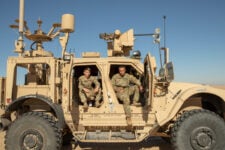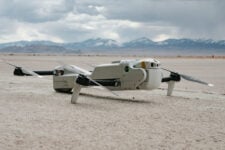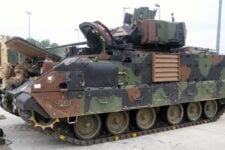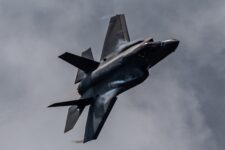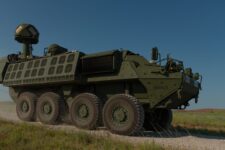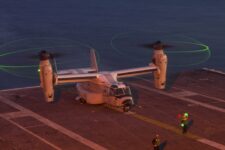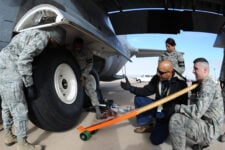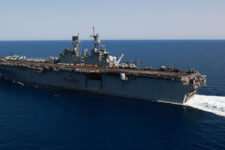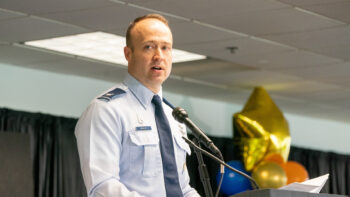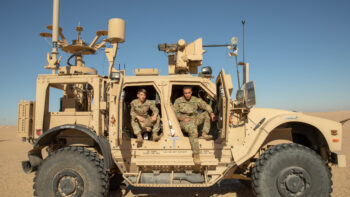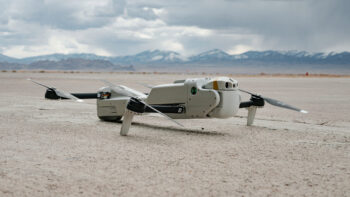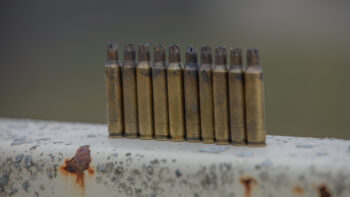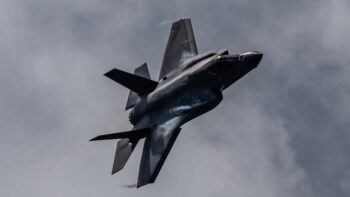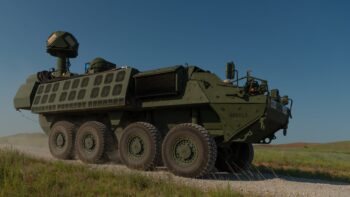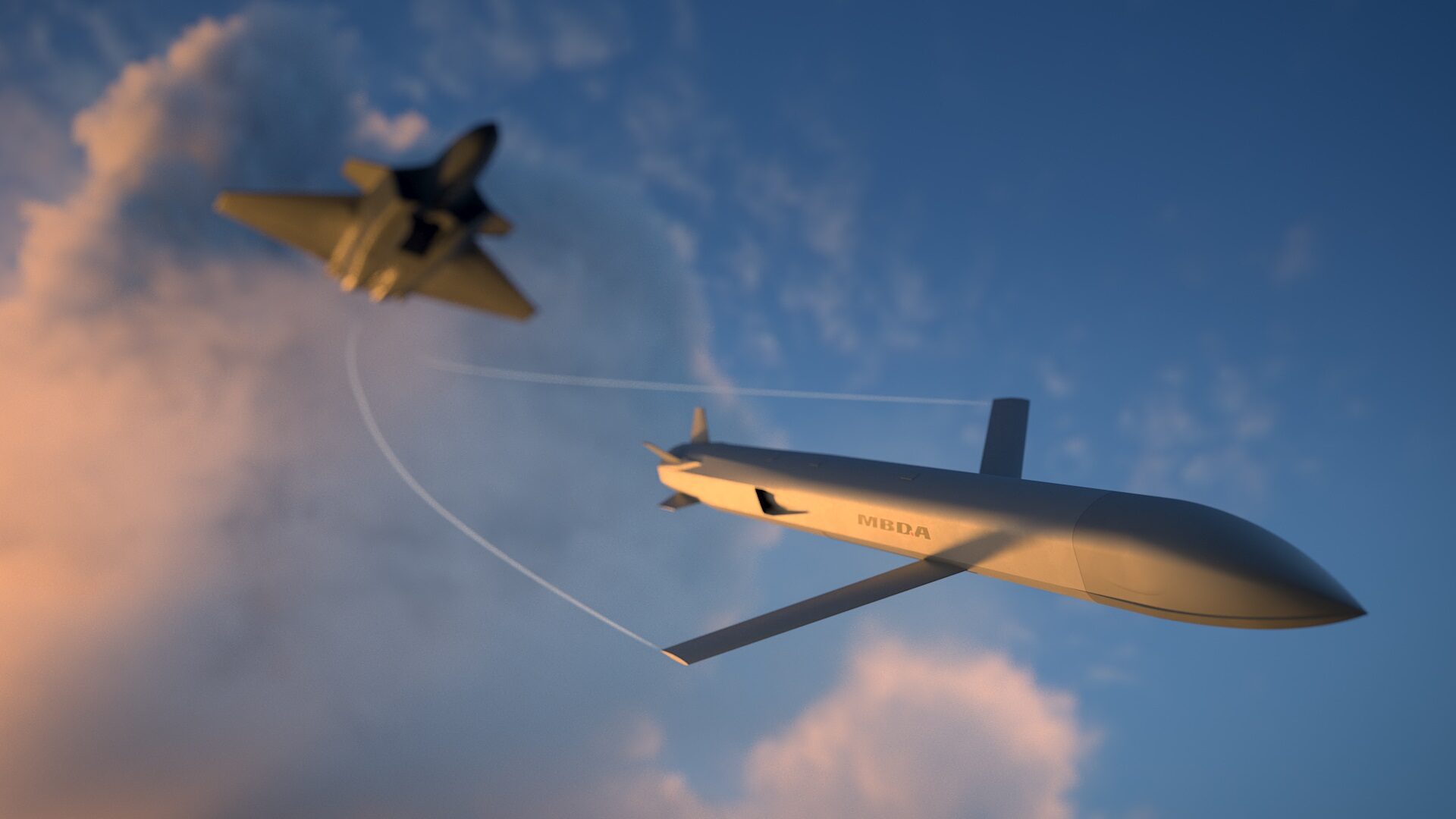
An artist’s rendering of MBDA’s “expendable remote carrier” system. (MBDA)
PARIS AIR SHOW — It’s not a weapon, it’s not a drone and it’s not an aircraft. So what is it?
It’s an “expendable remote carrier” (ERC), an integral part of the European SCAF program, whose main objective is to confuse the enemy and lure its air defense system out of hiding.
These ERCs are being developed by European missile group MBDA, with the first demonstrator set to fly in 2029. Jean Judde de Larivière, the head of the group’s SCAF program, and Grégoire Faron, the SCAF project manager for MBDA, explained the concept to media on Wednesday here at the Paris Air Show — but admitted the whole idea was so new they found it hard to explain themselves.
The basic idea is that enemy air defense systems will be confused by these ERCs. Say, for example, that information is needed concerning the situation really close to the front line, somewhere too dangerous for a piloted combat aircraft to fly. That would be particularly dangerous, given that the exact position of enemy air defense systems is unknown. In response, the pilot launches a swarm of ERCs, all of which have sensors aboard serving as eyes and ears.
EXCLUSIVE: Air Force scraps B-21 drone wingman concept
The ERCs will communicate in real time what they are seeing and hearing to the pilot who launched them, but also to everyone else in the combat network. In addition, they will act as decoys, with opposing systems unable to distinguish the ERCs from combat aircraft and launching anti-air missiles, thereby revealing their position. The carriers could even accompany cruise missiles as decoys. Enemy air defense would fire at one of these carriers, much cheaper than a cruise missile, revealing its position and allowing the cruise missile to hit its target unmolested.
The 400 kilogram, four-meter-long carrier “could be launched from any platform: an aircraft, a ship, a submarine, a vehicle or a drone,” Judde de Larivière explained.
“It will fly like an aircraft,” Fallon said “for about an hour, with a very compact and agile airframe with a very large subsonic operating envelope.” But, Judde de Larivière emphasized, “we’re doing this for combat, we’re not building a pretty aircraft.”
RELATED: CCA fighter wingmen won’t be ‘attritable,’ despite ‘common misconception,’ US general says
There are technological challenges to designing an agile, compact asset that can fly like an aircraft, notably trying to pack all the sensors into such a small space, even though not all payloads would need to be carried at once. “The carriers would carry different payloads depending on the mission,” Judde de Larivière noted.
But possibly the principal challenge will be one of cost. As Judde de Larivière remarked, the key word in their rather cumbersome name is “expendable” so “they are going to have to be cost-effective,” he said.
Another challenge will be to ensure the ERCs are sufficiently autonomous in order to not create too much workload for the pilot. Judde de Larivière, a former Rafale pilot with the French navy, said, “I flew the first version of the Rafale which was very straightforward, and I flew the latest version which is much more challenging. So it’s clear that the ERC needs to have a certain amount of autonomy so as not to add too much workload for the pilot. We need to give the ERC the autonomy the pilots need and let them choose whether they want to have control over the ERC or not.”
“These remote carriers will help Western countries regain and maintain the air superiority which is being challenged” Judde de Larivière said.
